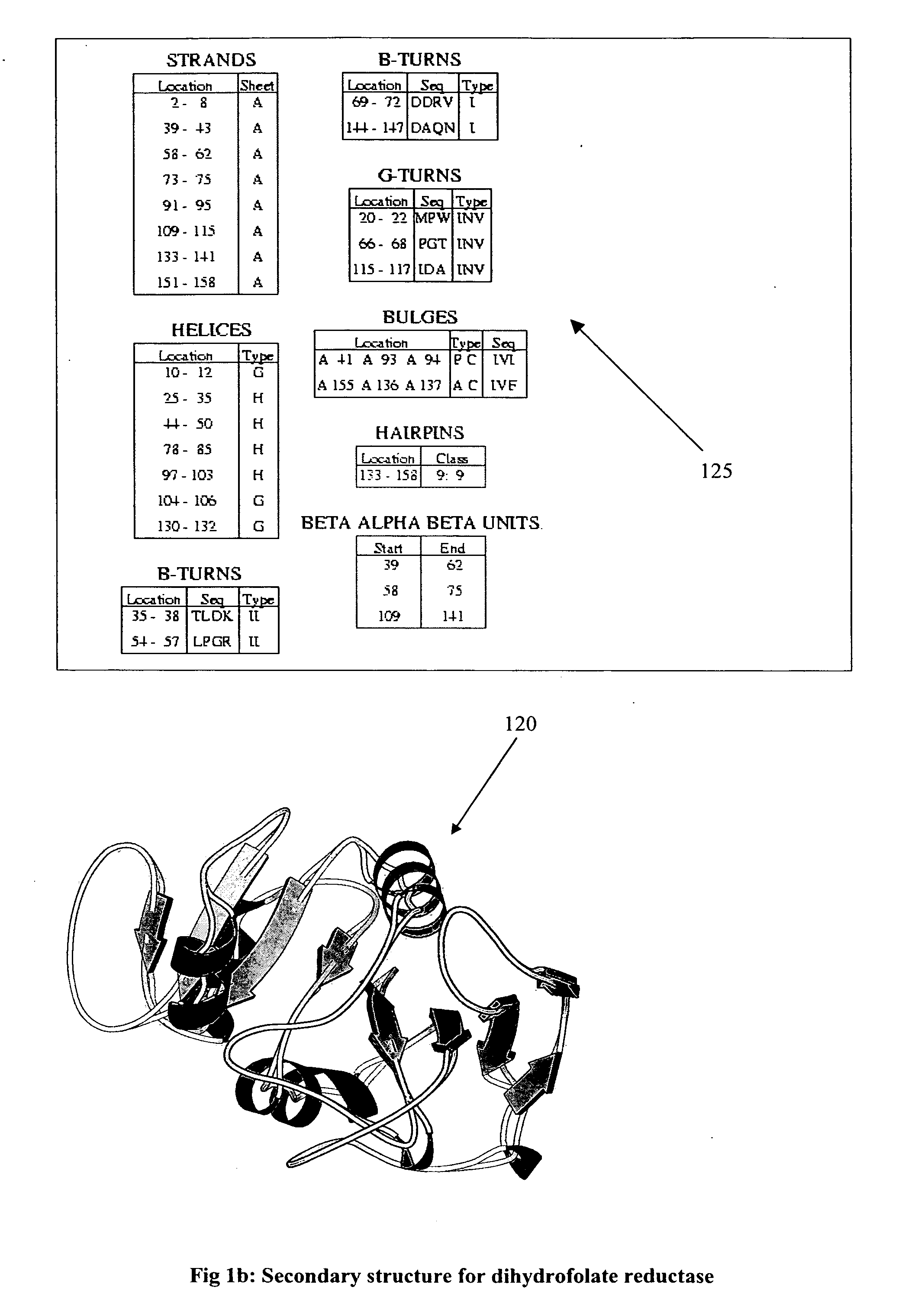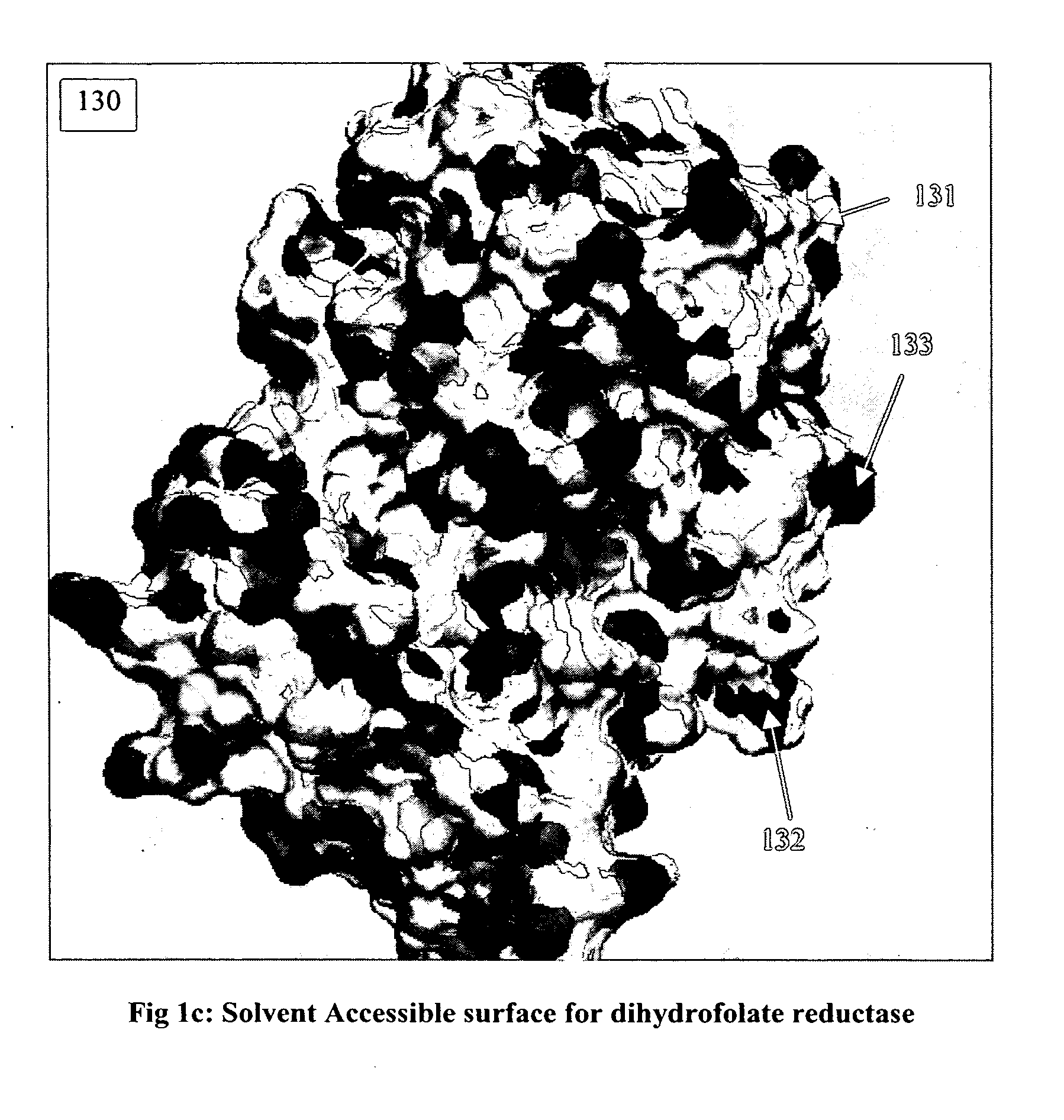Lead molecule cross-reaction prediction and optimization system
a lead candidate and optimization system technology, applied in the field of bioinformatics, proteomics, molecular modeling, computer aided drug design (cadd) and computational modeling of molecular combinations, can solve the problems of long and expensive process, many optimized leads still fail in preclinical and clinical testing, and the number of drugs that survive clinical trials and are ultimately approved is very low, so as to facilitate further optimization of lead candidate molecules, improve binding specificity, and characterize lead candidates in terms
- Summary
- Abstract
- Description
- Claims
- Application Information
AI Technical Summary
Benefits of technology
Problems solved by technology
Method used
Image
Examples
Embodiment Construction
class="d_n">[0153] The present invention has many applications, as will be apparent after reading this disclosure. In describing an embodiment of a computational system according to the present invention, only a few of the possible variations are described. Other applications and variations will be apparent to one of ordinary skill in the art, so the invention should not be construed as narrowly as the examples, but rather in accordance with the appended claims.
[0154] Embodiments of the invention will now be described, by way of example, not limitation. It is to be understood that the invention is of broad utility and may be used in many different contexts.
[0155] The present invention relates to estimation of cross reactivity of one or more lead candidates, possibly associated with one or more desired targets, versus a set of potential reactants to assess one or more aspects of usefulness of the lead candidates.
[0156] For purposes of the invention, a target is a biomolecule, part ...
PUM
| Property | Measurement | Unit |
|---|---|---|
| Composition | aaaaa | aaaaa |
| Structure | aaaaa | aaaaa |
| Biological properties | aaaaa | aaaaa |
Abstract
Description
Claims
Application Information
 Login to View More
Login to View More - R&D
- Intellectual Property
- Life Sciences
- Materials
- Tech Scout
- Unparalleled Data Quality
- Higher Quality Content
- 60% Fewer Hallucinations
Browse by: Latest US Patents, China's latest patents, Technical Efficacy Thesaurus, Application Domain, Technology Topic, Popular Technical Reports.
© 2025 PatSnap. All rights reserved.Legal|Privacy policy|Modern Slavery Act Transparency Statement|Sitemap|About US| Contact US: help@patsnap.com



